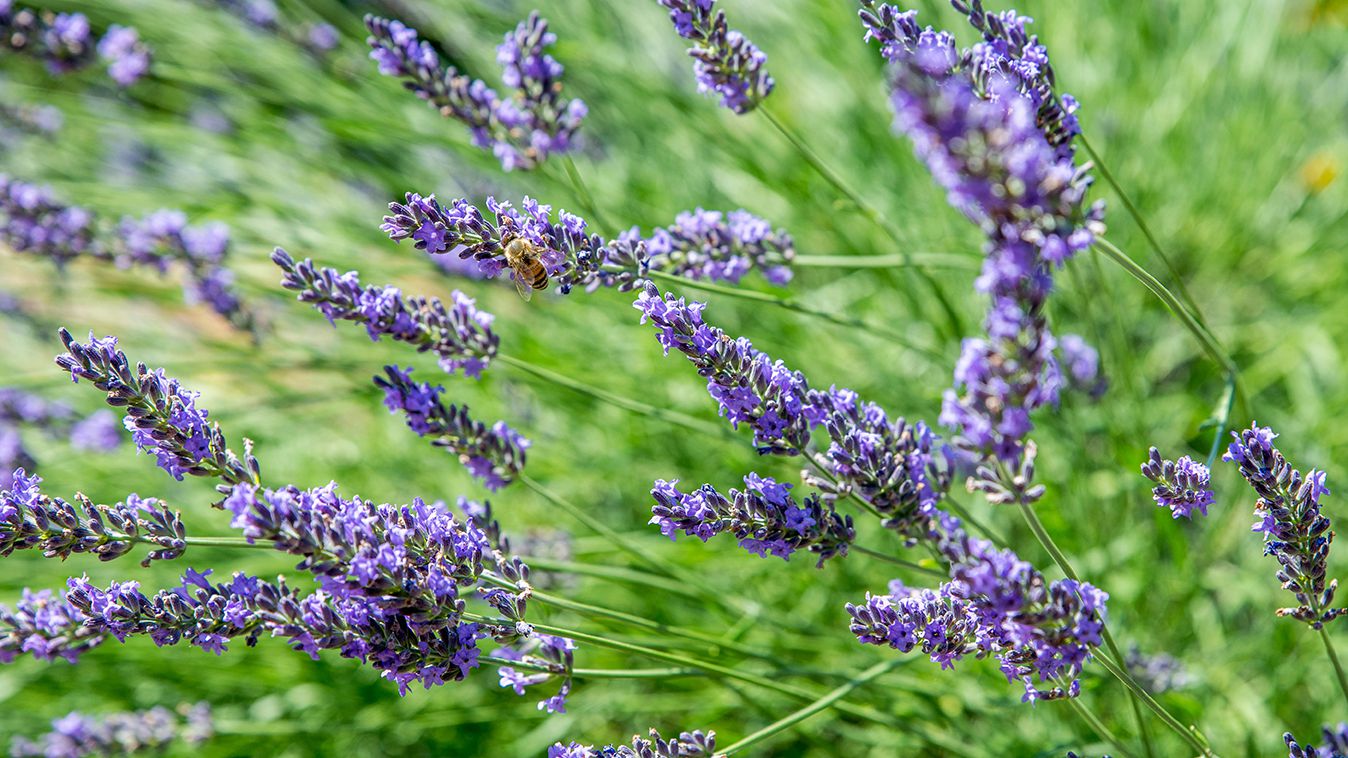
You don’t need a lot of skill to grow beautiful lavenders; simply follow a few simple guidelines.
Lavender is one of the most appealing plants for decorating interiors or adding color to your yard. It is known all over the world for its recognizable perfume and the violet tone of its blossoms.
Despite its attractiveness, it is not an alien plant; on the contrary, it is abundant in French fields, and it may be found in the wild in Guanajuato.
If you have one or are thinking about getting one, we recommend reading this article first to learn about how to care for it and keep it healthy as it perfumes your home.
Sun or Shade?
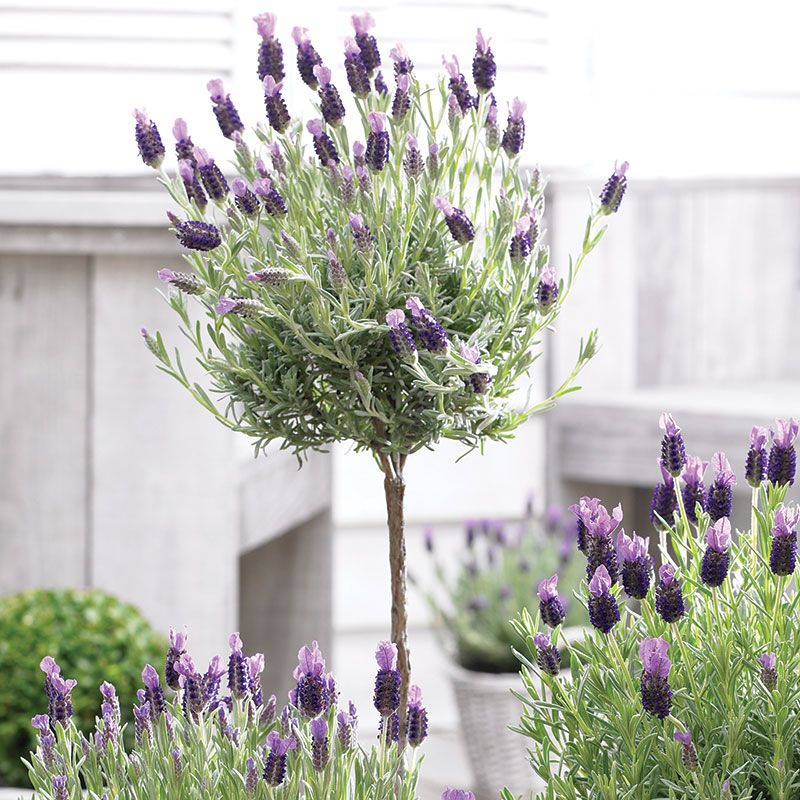
Knowing where in your home to install lavender for best development is one of the most commonly asked topics when it comes to caring for it. When it’s in the garden or outside, it’s best to put it where it gets the most sun during the day, as it has high light requirements and should be exposed to direct sunlight for at least 6 hours.
Indoors, the situation is a little more complicated, as you must choose the location that receives the most light from the sun during the day.
If you find that your flowers are starting to dry out or that their colors are turning light or grey, you may be overexposing them to the sun, especially if you live in a dry environment. Choose a location with good lighting and spray it every other day.
What Kind of Soil does a Lavender Need?
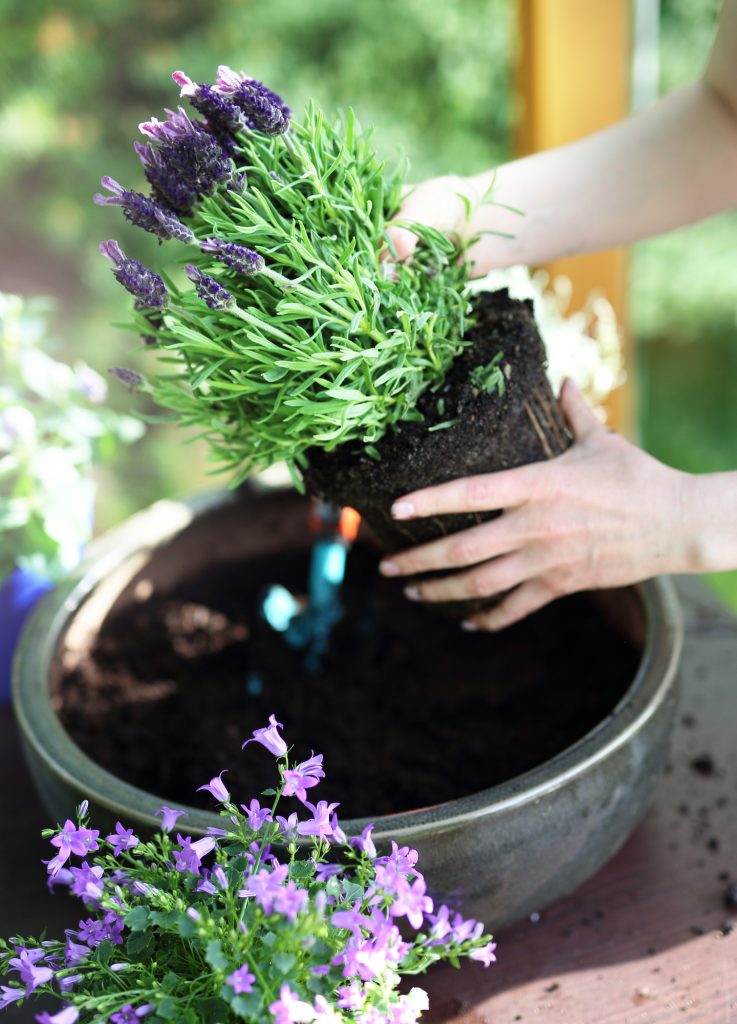
The most important thing to remember while planting lavender is to make sure the soil drains well and does not collect excess water that can rot the roots. For improved water filtration and elimination of moisture concentration, avoid clay soils and opt for sandy surfaces.
When it comes to the pH of the ground, an alkaline composition is perfect for lavender. If your plant is turning yellowish and dry despite your best efforts, it is highly likely that the soil is acidic, and you will need to add alkaline substrate to adjust its composition.
How often and How to Water Lavender?
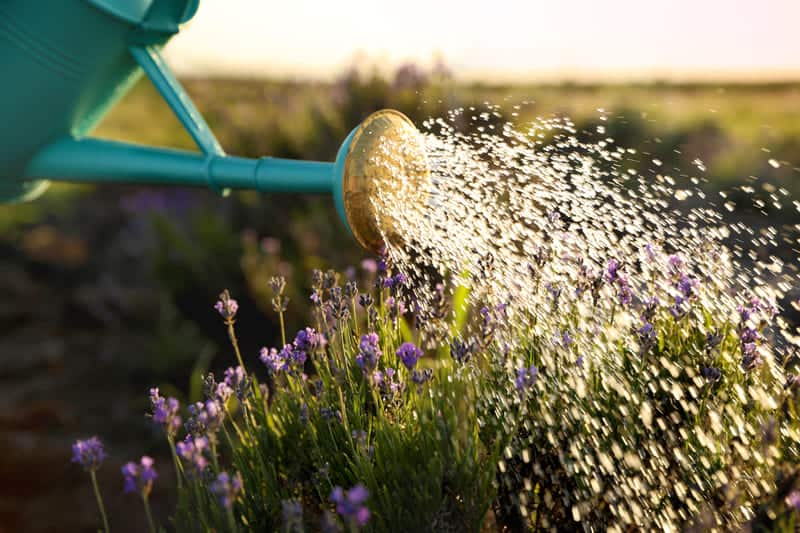
Lavender is a natural shrub, so it doesn’t need much water and can grow in most temperate areas.
Although the conventional guideline is to water it once a week throughout the spring and summer, and once every fifteen days during the fall and winter, it is better to pay attention to its appearance to determine when it requires watering: if it is rotted, it need watering.
Watering it in the colder months should be done in broad daylight to avoid moisture gathering at night, and should be done directly on the stem without wetting the blossoms. Another test is to stick a wooden stick approximately 10 centimeters deep in the soil and see if it is full of soil when you remove it. If it is, the substrate is still damp. It’s time to water your lavender again if it comes out as fine powder.
Pruning and Fertilization
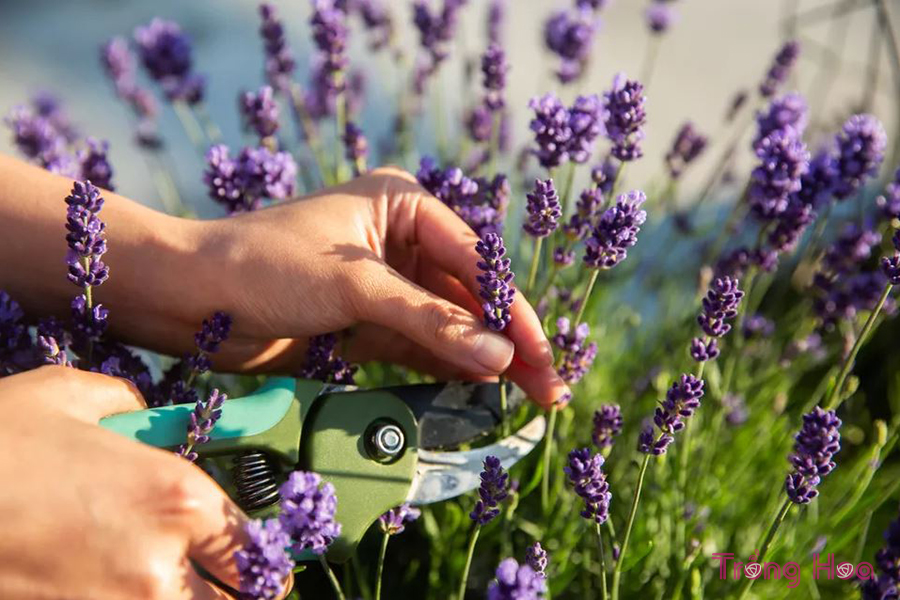
Pruning should be done invisibly, with each plant’s length being cut to less than half after flowering or as winter approaches, so that it will grow back in the spring. Remove the wilted leaves as soon as possible to prevent the plant from wasting energy on them and losing its potential to thrive.
In terms of fertilizations, it’s better to avoid using any kind of fertilizer because lavender may flower and smell fine on its own. You can simply keep your lavenders healthy and full of life if you take this into consideration.






